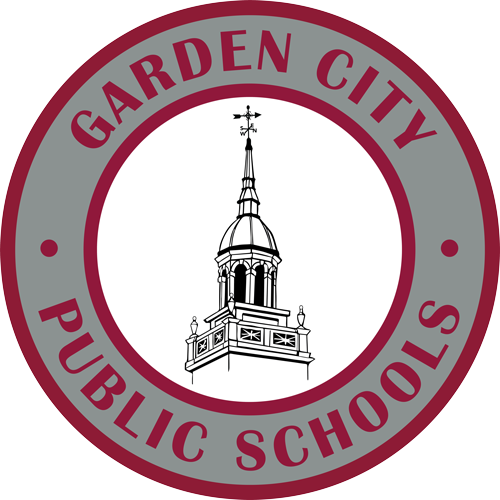9-12 Mathematics and Computer Science
📚 High School Math Overview (Grades 9-12)
The New York State Next Generation Mathematics Learning Standards for high school ensure students develop strong mathematical reasoning, problem-solving abilities, and real-world application skills. These standards help prepare students for college, careers, and life beyond school.
🏫 What Will My Student Learn?
High school math is organized into five key areas, focusing on understanding concepts, solving complex problems, and applying math in meaningful ways.
1. Number and Quantity
Understanding different types of numbers (real and complex numbers).
Working with quantities, units, and measurements.
Learning how to use vectors and matrices (tools that help model real-world problems).
2. Algebra
Learning how to solve equations and inequalities, including quadratic and exponential functions.
Understanding polynomials and using them to model situations.
Analyzing and solving systems of equations.
3. Functions
Exploring different types of functions: linear, quadratic, exponential, logarithmic, and trigonometric.
Understanding how functions describe relationships between quantities.
Building and interpreting function models to predict outcomes and solve problems.
4. Geometry
Learning about shapes, their properties, and their relationships.
Applying theorems related to congruence, similarity, and right triangles (like the Pythagorean Theorem).
Working with circles, angles, and geometric measurements.
Understanding and applying transformations (rotations, reflections, translations).
5. Statistics and Probability
Interpreting data and making decisions based on statistics.
Understanding probability to predict the likelihood of events.
Analyzing data distributions and drawing conclusions from samples and experiments.
⭐ Mathematical Practices (Skills for Success!)
In every math course, students will practice eight key skills that help them become strong, flexible thinkers:
Make sense of problems and persevere in solving them
➡ Encourage students to try different strategies and keep working even when it’s challenging.Reason abstractly and quantitatively
➡ Help students understand math concepts and apply them to real-world situations.Construct viable arguments and critique the reasoning of others
➡ Encourage clear communication and respectful debate about math ideas.Model with mathematics
➡ Use math to solve problems from science, business, and daily life.Use appropriate tools strategically
➡ Choose and use calculators, rulers, software, and other tools wisely.Attend to precision
➡ Focus on accuracy in calculations and communication.Look for and make use of structure
➡ Spot patterns and use them to simplify complex problems.Look for and express regularity in repeated reasoning
➡ Recognize repeated processes to make problem-solving more efficient.
📈 Why These Standards Matter
These standards help ensure that all students graduate with the skills they need to:
✔ Succeed in college-level math courses
✔ Get prepared for a career in fields like science, technology, engineering, and finance.
✔ Solve real-world problems in everyday life
🔗 Learn More:
You can read the full New York State Next Generation Mathematics Learning Standards here.
